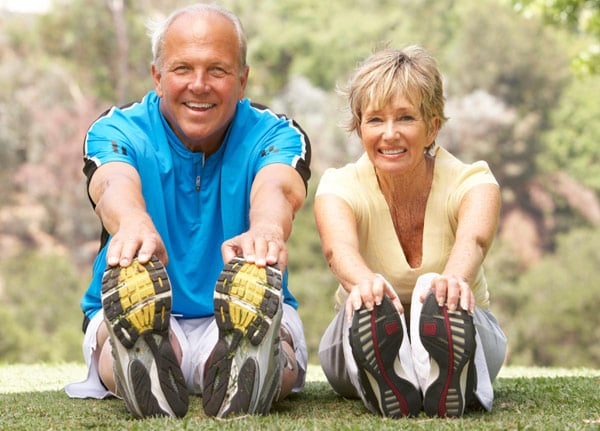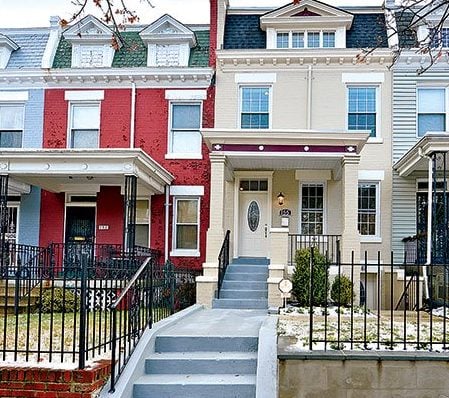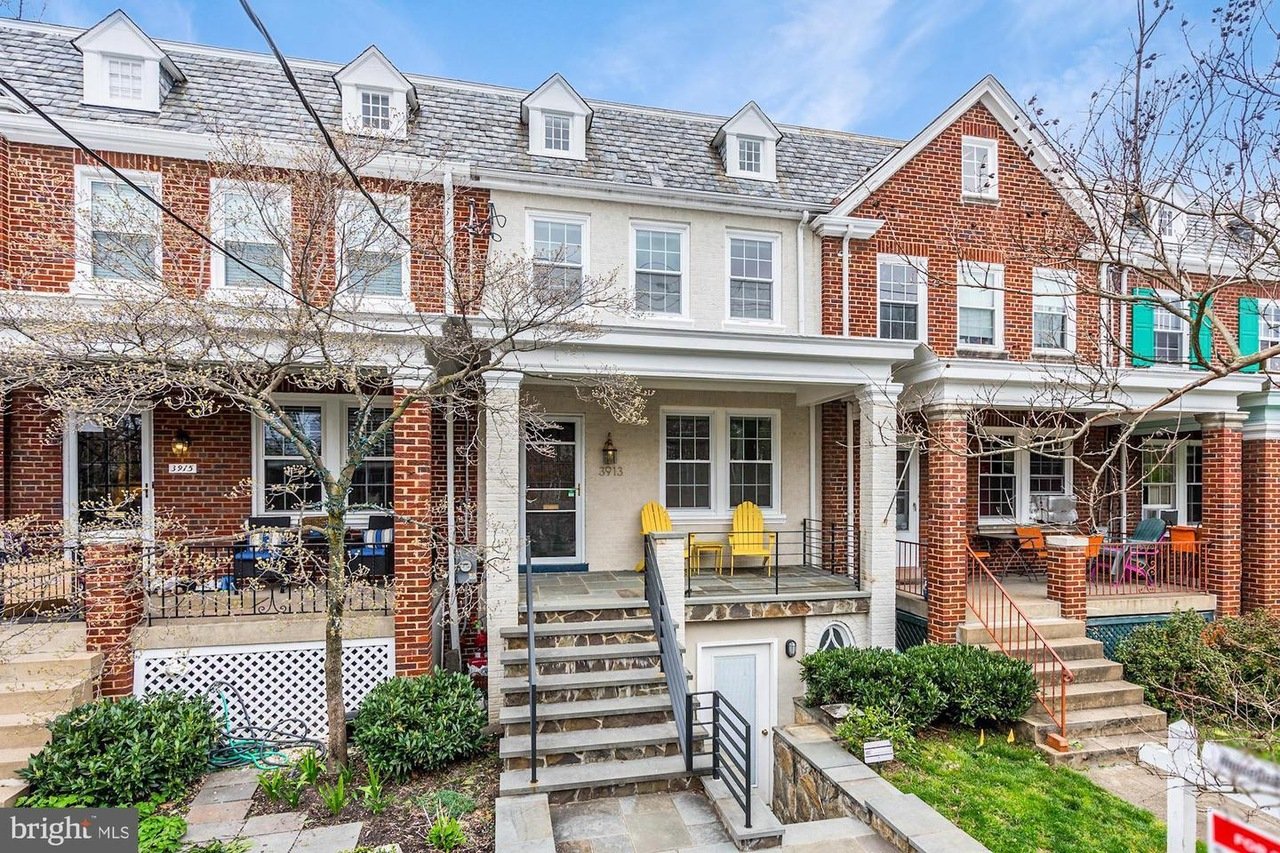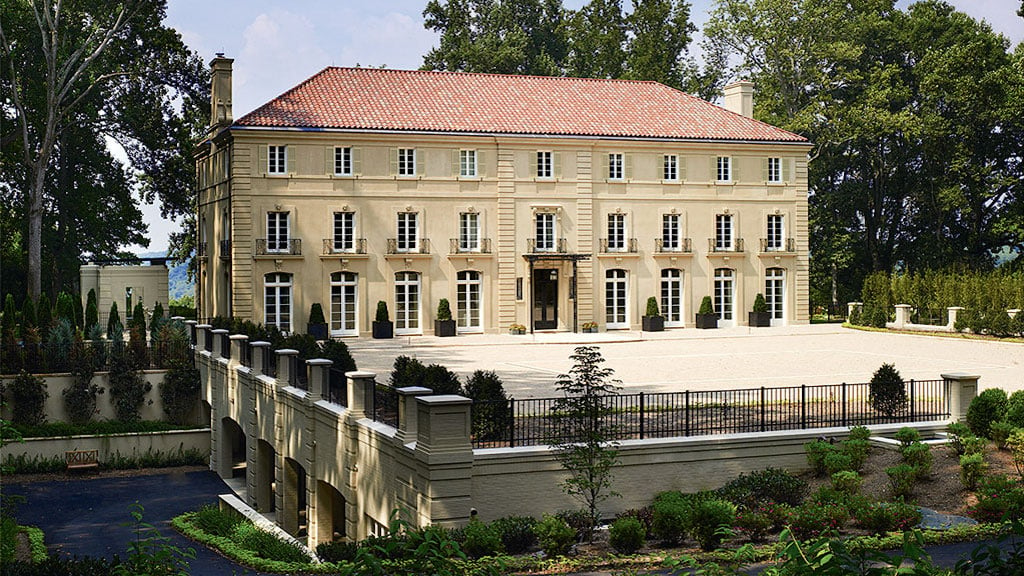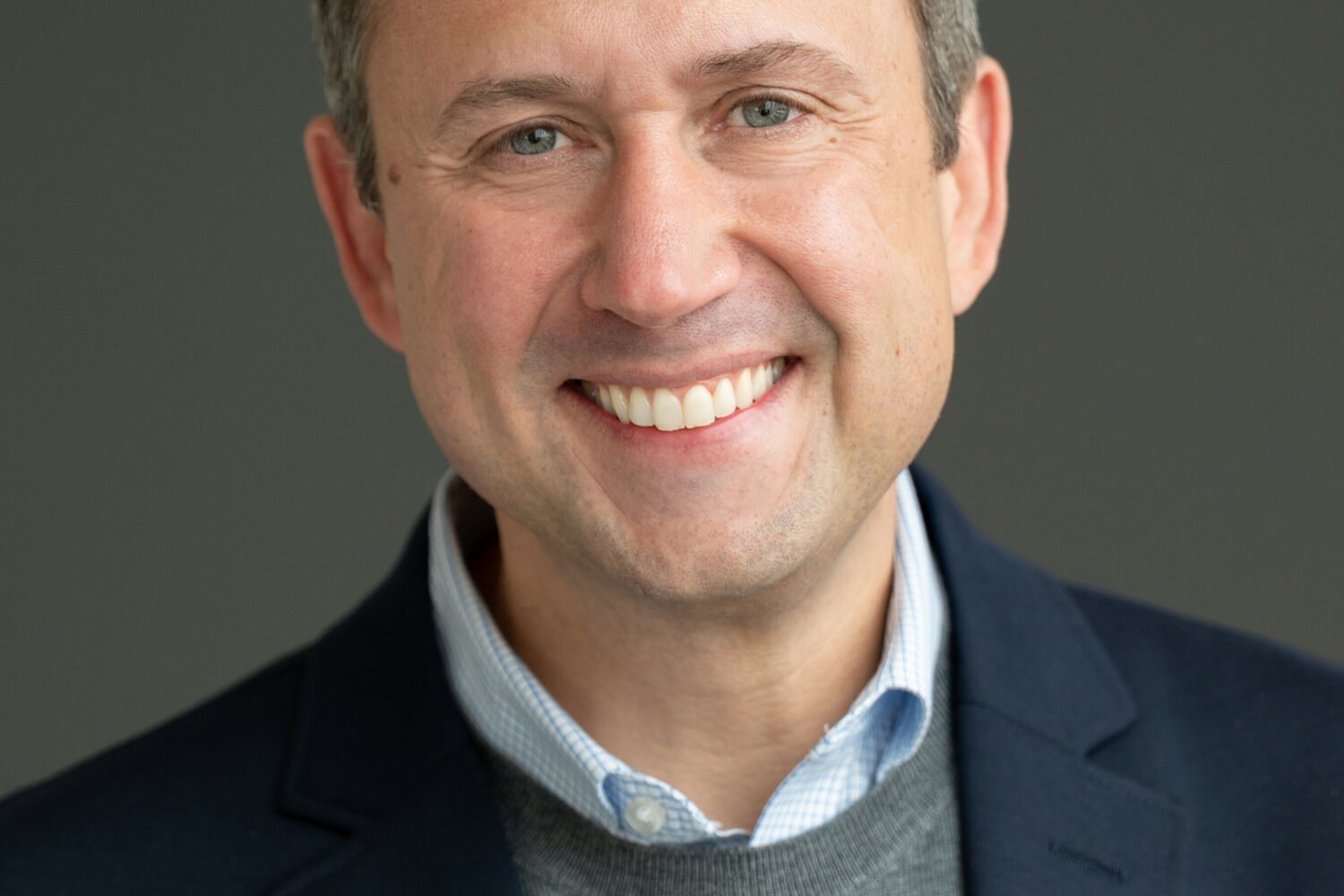Until five years ago, Gloria Miller was so overweight and out of shape that her ability to get around was hampered. “When I went to the mall, I had to be put in a wheelchair because I couldn’t walk far enough,” she says. Other times, she used a cane.
Then her husband died and her weight climbed to 210. She tried pills, shots, and diets to lose weight. Sometimes she would shed a few pounds but then would gain them back.
Today, at age 86, Miller works out with a personal trainer twice a week, walking briskly, lifting weights, and going up and down a flight of stairs several times. She’s dropped more than 70 pounds, she says, “and I’m keeping it off.”
Getting to her workouts is easy—she lives at Leisure World in Silver Spring, which has a fitness center that offers classes and the services of a personal trainer. Says Miller: “I go in with a long face, but I leave with a smile.”
Edie Smith, an executive at ProMatura, a company that researches retirement communities, says that almost all such communities built today include exercise facilities. The reason: “Exercise allows you to live independently—dress yourself, carry a bag of groceries, play with your grandchildren, go hiking if you want to,” says Chhanda Dutta, chief of the National Institute on Aging’s Clinical Gerontology Branch. Exercise also helps prevent falls, keep people’s minds sharp, and relieve pain.
As seniors have grown increasingly aware of the importance of exercise, retirement communities have invested in fitness centers geared to an aging population, with machines and classes that take into account residents’ special needs and with instructors skilled in working with older people.
Early this year, Goodwin House Alexandria bought an underwater treadmill, which is easier on the joints than a regular treadmill. Riderwood in Silver Spring has expanded the hours of the gym in the independent-living center to 24 hours a day, and several local retirement communities have bought Nintendo systems so their residents can play games such as tennis and bowling.
Adrienne Brown, a personal trainer at the Residences at Thomas Circle in DC, says one of her clients told her she saved her life. The client was getting on an escalator and missed a step, but because she exercises regularly and remains agile, she was able to grab onto the rail and regain her footing. “She’s in her eighties,” says Brown, “and she’s in my class almost every day.”
Ninety-eight-year-old Marilee Asher, who lives at the Georgetown Retirement Residence in DC, has been taking classes for 25 years with Spring Valley fitness instructor Asta O’Donnell. Asher—still a working artist—attributes her good health, sharp mind, and longevity to those classes, where the focus is on posture, joint mobility, balance, strength, and pride in one’s body. Asher also exercises at least twice a week in her building, which offers a variety of classes including yoga, tai chi, stretching, and weights.
“People ask, ‘What is your secret?’ ” says Asher, “and the only thing that I can think that I’ve done right is exercise.”
Chhanda Dutta of the National Institute on Aging says it’s important for seniors to keep workouts varied. At some point, common ailments such as osteoarthritis and cardiovascular disease will force most seniors to stop certain activities, such as running and biking. But if you also dance and do yoga, you’re less likely to get discouraged.
“Always try to find a variety of activities to engage in,” Dutta says. “That will keep you from getting bored and help you exercise a wide variety of muscle groups.”
O’Donnell stresses the importance of starting slowly and doing something almost every day—even if only for 15 or 20 minutes. Classes at retirement communities are tailored to the variety of fitness levels among residents, from relatively vigorous activities such as swing dance to seated yoga.
Although gyms are equipped with stationary bicycles, treadmills, and weights, these aren’t run-of-the-mill gyms—they’re built with the needs of an older population in mind.
Take the swimming pools. Rather than narrow steps close to the wall, these pools usually have wide, shallow steps with railings. Some have ramps. The fitness center at Goodwin House uses hydraulic resistance machines for weight training. To increase or decrease resistance, residents push a button. And because the machines don’t have heavy stacks of plate weights, they’re safer and gentler on joints.
Goodwin House has recumbent bikes designed so residents don’t have to climb over anything to get on. The pool is equipped with a treadmill—the water creates resistance and provides buoyancy, taking some of the pressure off the hips and knees—and most fitness facilities are in the residential building.
Jane Gray says she gets more exercise now that she and her husband, Bob, live at Rockville’s Ingleside at King Farm than she ever did before. She attends jazz-dance and stretching classes and takes ballroom dancing with her husband. Eventually she wants to add yoga. “We have a one-minute elevator ride,” she says about getting to her classes. “You don’t have to get in the car, drive through traffic, and then repeat.”
At Leisure World, personal trainer Cesar Paredes often has to battle his clients’ fears, misperceptions, embarrassment, and lack of motivation. Many seniors are afraid they’ll break a bone. Others—usually women—don’t want to lift weights because they think they’ll build bulky muscles. “It’s a teaching process,” says Paredes. Because some residents don’t want to be seen in a bathing suit, many senior fitness centers allow them to wear shorts and T-shirts during aquatic classes.
Once people start to exercise, they appreciate the benefits. Personal trainer Erich Lichota at Ingleside uses a half ball called a Bosu to improve his clients’ balance. Lichota has had clients go from being able to balance on it for just a couple of seconds to one or two minutes. He says one of his ninetysomething clients “was a quivering, shaking mess, holding on for dear life” when she started using it. Now she can stand for a full minute. “She’s very surprised at herself,” he says, “and quite pleased.”
For people with arthritis, a warm swimming pool can bring relief from pain, says Nancy Brouillette, who conducts water-aerobics classes at Gaithersburg’s Asbury Methodist Village and at Ingleside. The temperature in the pool is in the upper 80s, which provides warmth and improves flexibility and range of motion.
“People constantly say how much better they feel when they’re in the water,” says Brouillette. “The water enables them to move in ways they haven’t been able to in a long time. When you’re submerged in water, it cushions and stabilizes the body and helps with blood flow.”
Besides all of the other benefits, exercise can be fun. Six couples regularly attend Sue Green’s ballroom-dancing class at Ingleside. They learn the foxtrot, waltz, rumba, and other steps. “I’ve seen their confidence grow,” says Green, &l
dquo;and it carries over into their life outside of here. They go on cruises and to weddings, and they come up to me at the next dance class and say, ‘We were the first on the dance floor.’ ”
Regulars Alan and Sue Astrove look forward every week to doing the jitterbug and learning Latin dances. “It’s exercise made pleasant,” says Alan Astrove, whose recent diagnosis of Parkinson’s disease motivated him to join several fitness classes. “We all get a little silly and pleased with ourselves. It makes us feel younger.”

